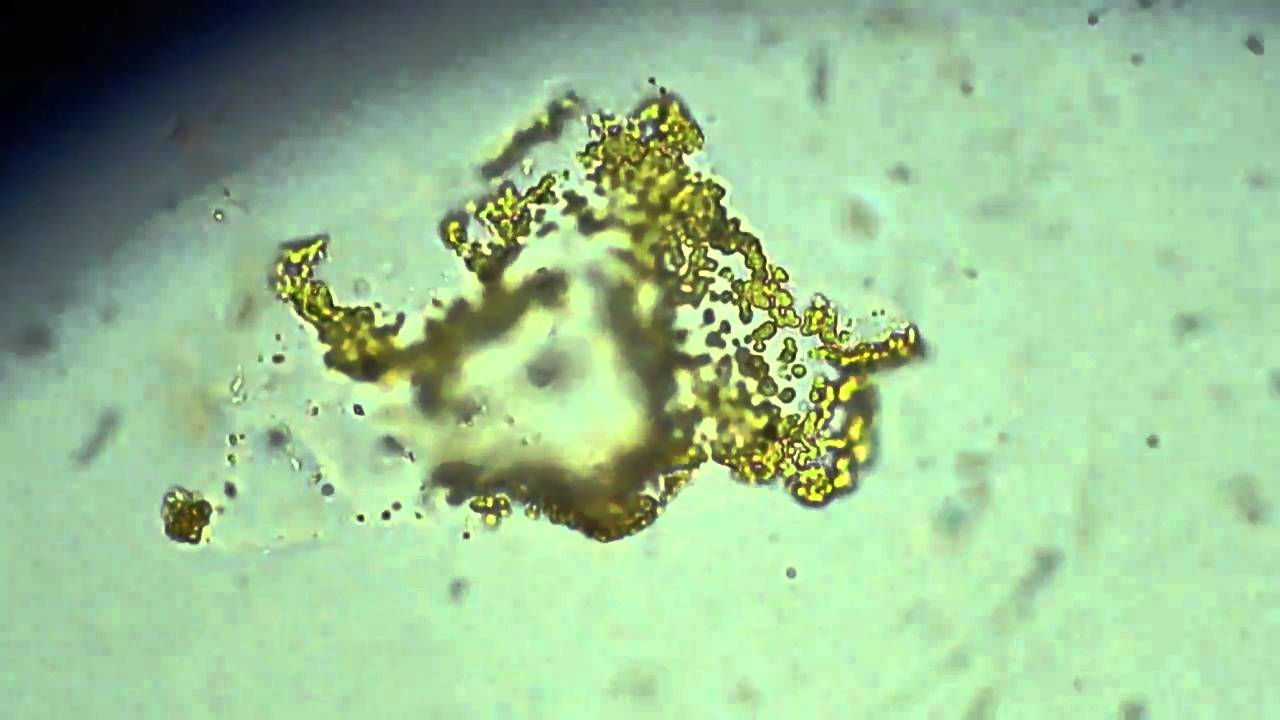
New version of periodic table warns of elements that are endangered
Dmitri Mendeleev put periodic table in 1869.
There are now 118 known elements but only 90 that occur in nature. The rest are mostly super-heavy substances that have been created in laboratories in recent decades through nuclear reactions, and rapidly decay into one or more of the natural elements.
As part of the celebrations, the European Chemical Society has published a completely new version of the periodic table – see main image. It is designed to give an eye-catching message about sustainable development; based on an original idea in the 1970s from the American chemist William Sheehan, the table has been completely redrawn so that the area occupied by each element represents its abundance on a log scale.
Each area of the new table has been color coded to indicate its vulnerability. In most cases, elements are not lost but, as we use them, they become dissipated and much less easy to recover. Red indicates that dissipation will make the elements much less readily available in 100 years or less – that’s helium (He), silver (Ag), tellurium (Te), gallium (Ga), germanium (Ge), strontium (Sr), yttrium (Y), zinc (Zn), indium (In), arsenic (As), hafnium (Hf) and tantalum (Ta).
To give just a couple of examples, helium is used to cool the magnets in MRI scanners and to dilute oxygen for deep sea diving. Gallium, meanwhile, is used to make very high-quality mirrors, light-emitting diodes and solar cells.
Meanwhile, the orange and yellow areas on the new periodic table anticipate problems caused by increased use of these elements, too. Green means that plenty is available – including the likes of Oxygen (O), Hydrogen (H), Aluminum (Al) and Calcium (Ca).
Four elements – Tin (Sn), Tantalum (Ta) Tungsten (W) and Gold (Au) – are colored in black because they often come from conflict minerals; that is, from mines where wars are fought over their ownership. They can all be more ethically sourced, so it’s intended as a reminder that manufacturers must carefully trace their origin to be sure that people did not die in order to provide the minerals in question.
Out of the 90 elements, 31 carry a smartphone symbol – reflecting the fact that they are all contained in these devices. This includes all four of the elements from conflict minerals and another six with projected useful lifetimes of less than 100 years.
Let us consider indium (In), for instance, which is colored red on the table. Every touch screen contains a transparent conducting layer of Indium tin oxide. There is quite a lot of Indium, but it is already highly dispersed. It is a byproduct of Zinc manufacture, but there is only enough from that source for about 20 years. Then the price will start to rise quickly – unless we do something to preserve current stocks.
But as the new version of the periodic table underlines, we must do all we can to conserve and recycle the 90 precious building blocks that make up our wonderfully diverse world. If we don’t start taking these problems more seriously, many of the objects and technologies that we now take for granted may be relics of a more abundant age a few generations from now – or available only to richer people.

 English
English Arabic
Arabic


